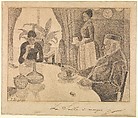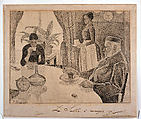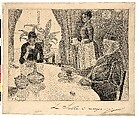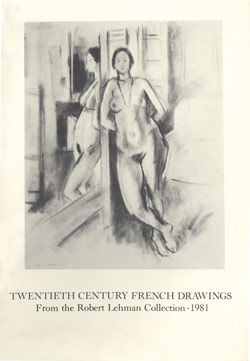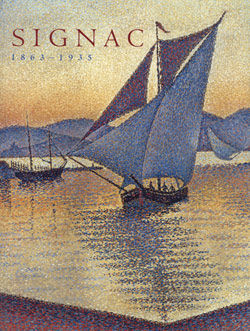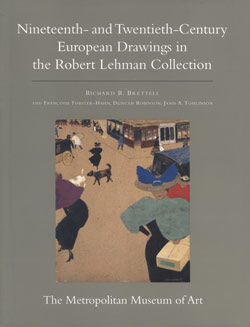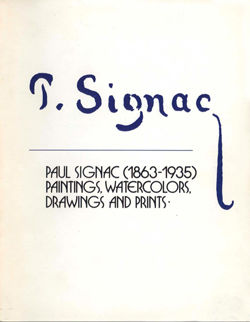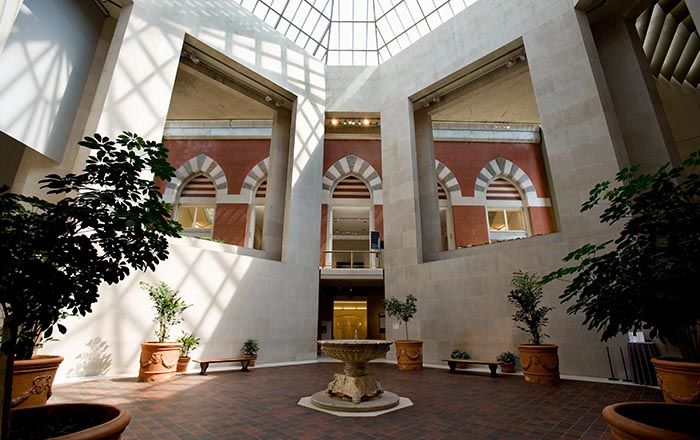The Dining Room
Paul Signac French
Not on view
Paul Signac was a leading practitioner of Neo-Impressionism, the term given to a group of late-nineteenth century French artists who developed a system of color harmony using an idiosyncratic technique of divided brush marks and stipple-like dots. "The Dining Room" revisits Signac's painting of the same title and subject, shown at the Paris Salon des Indépendants in 1887. Signac made the drawing for illustration in the French journal "La Vie moderne" (April, 1887). Using a carefully laid-out graphite underdrawing, he deftly layers the arrangement of dots to vary tonal intensity, and to render weight and volume. While the subject has all the trappings of a comfortable bourgeois household, the dining room is actually that of the artist's family, and its inhabitants are indeed Signac's mother, grandfather and housekeeper. The figures coexist at the lunch table in stony silence, a family with no communication in a setting devoid of anecdote.
Due to rights restrictions, this image cannot be enlarged, viewed at full screen, or downloaded.
This artwork is meant to be viewed from right to left. Scroll left to view more.
